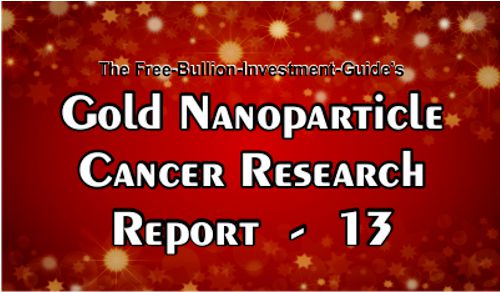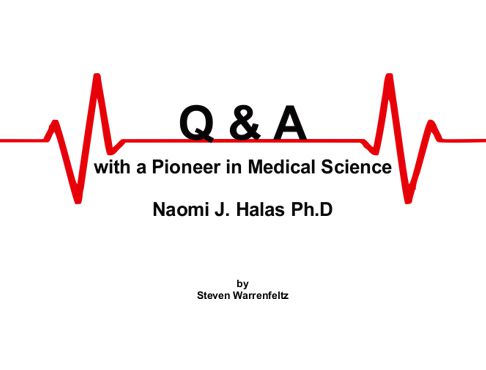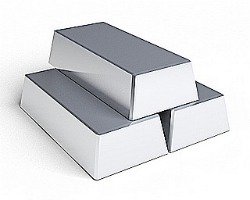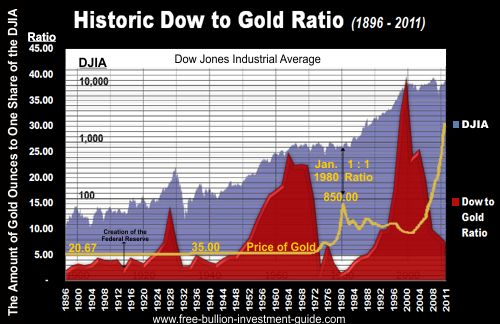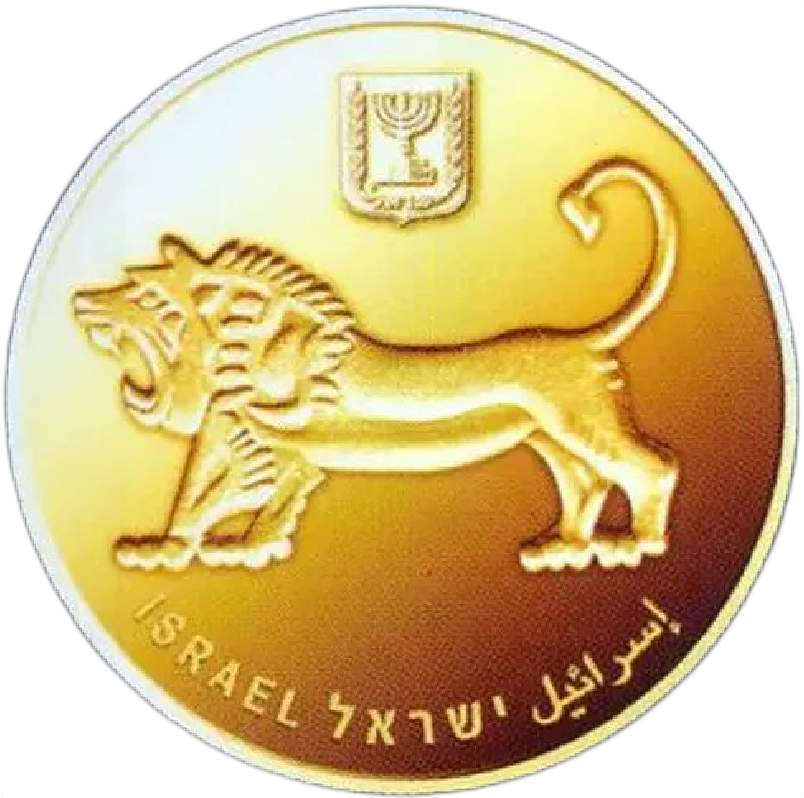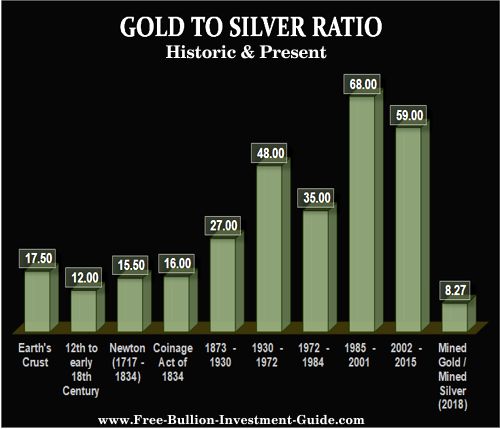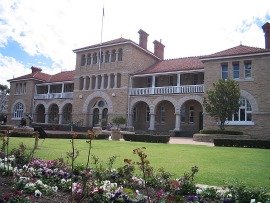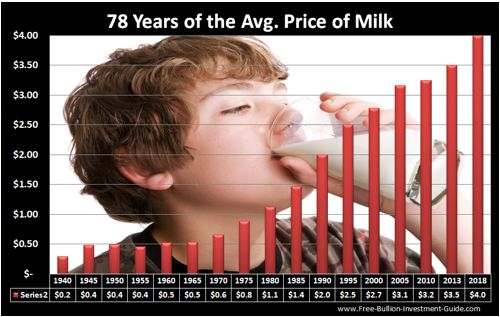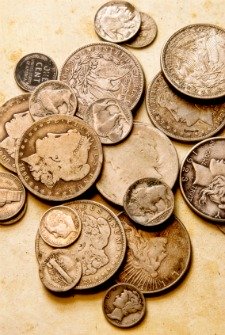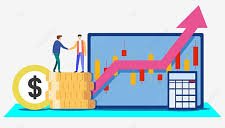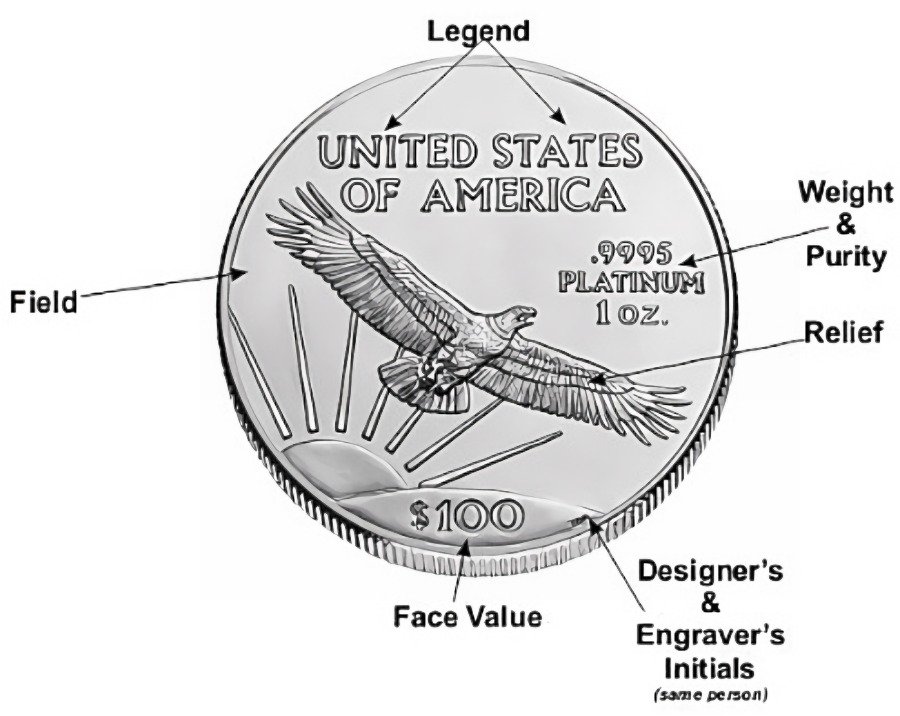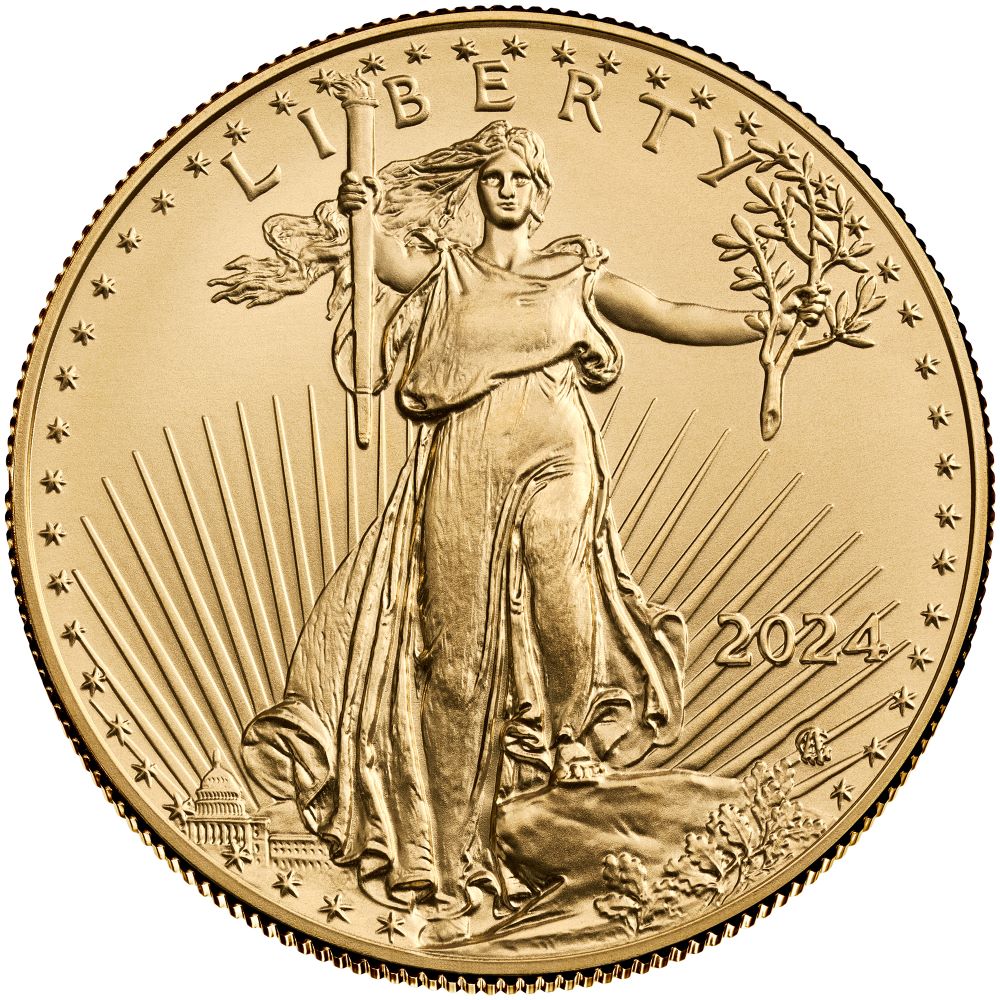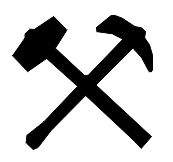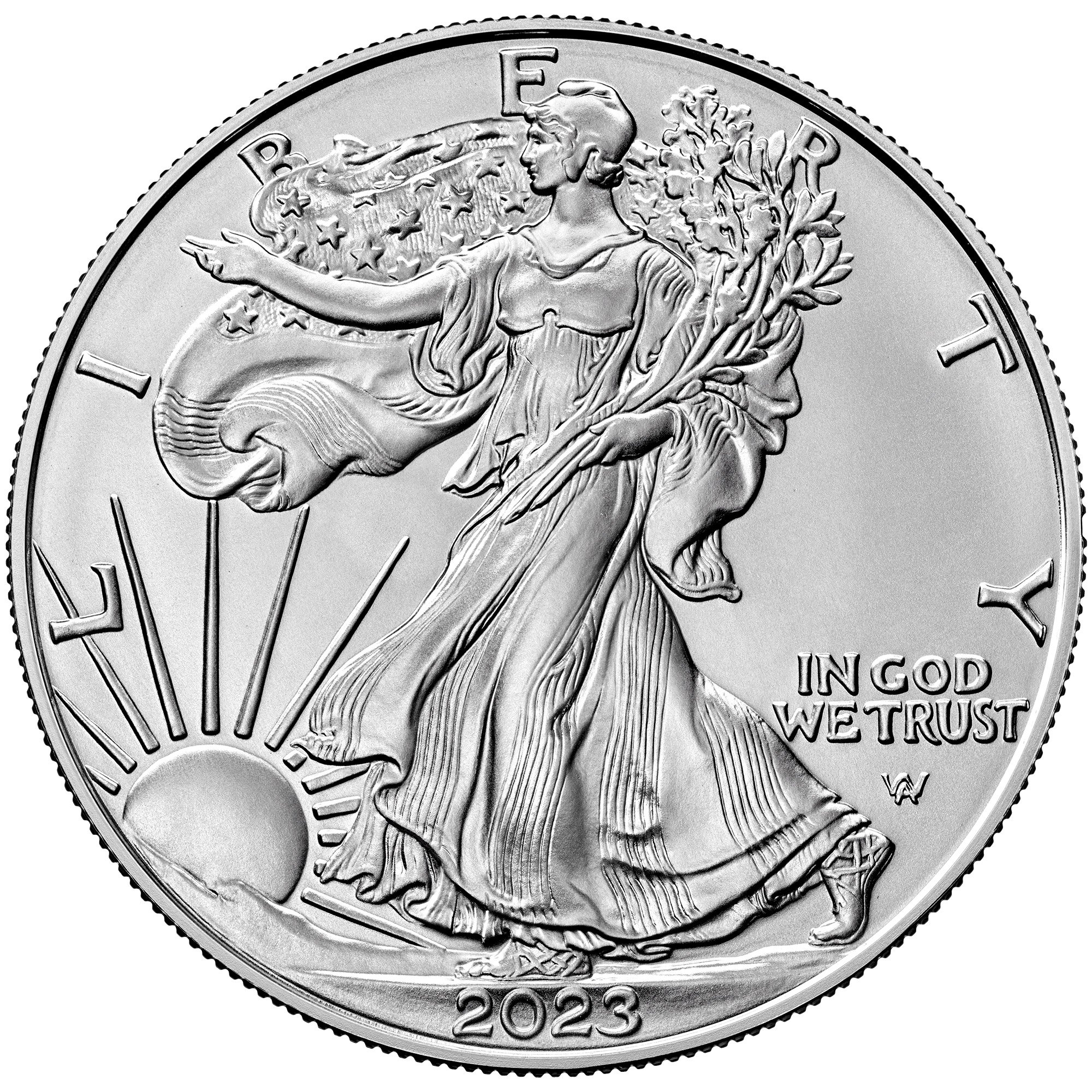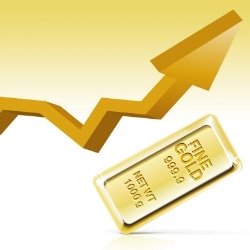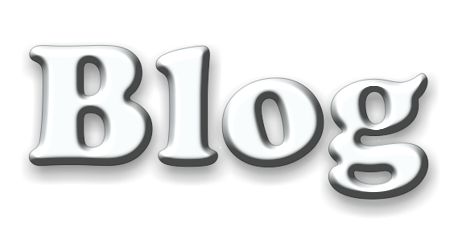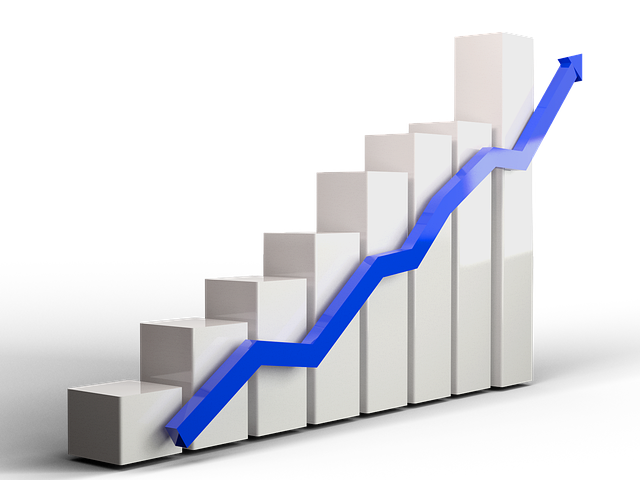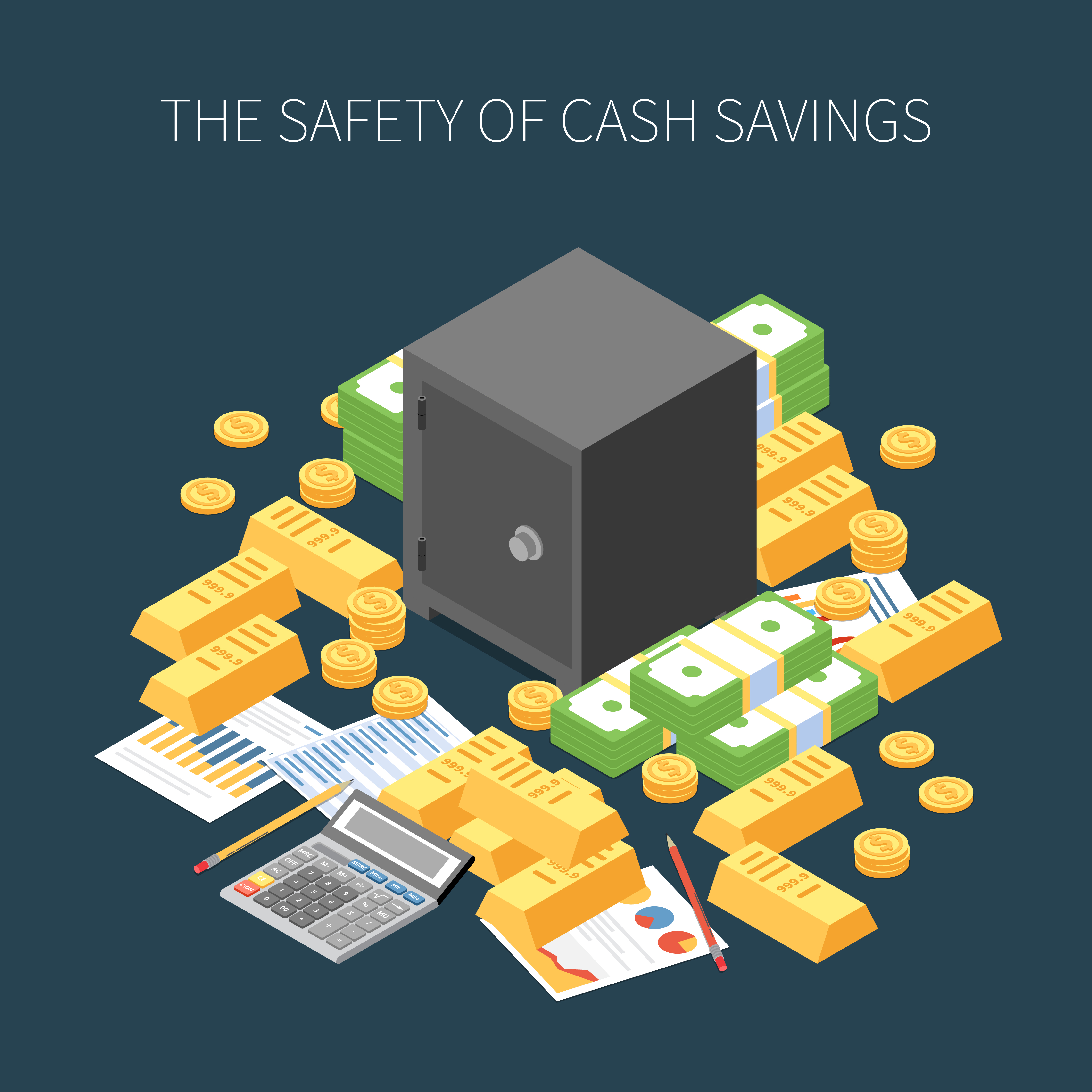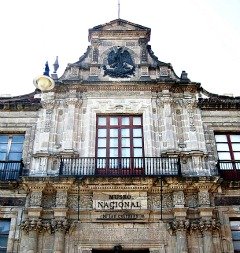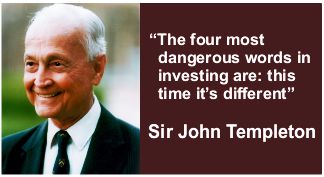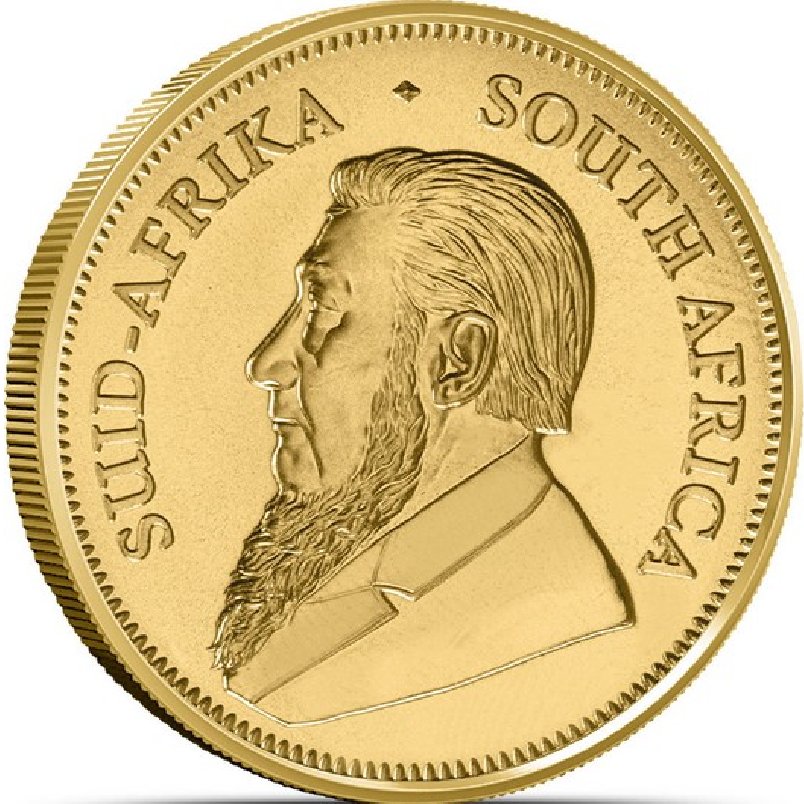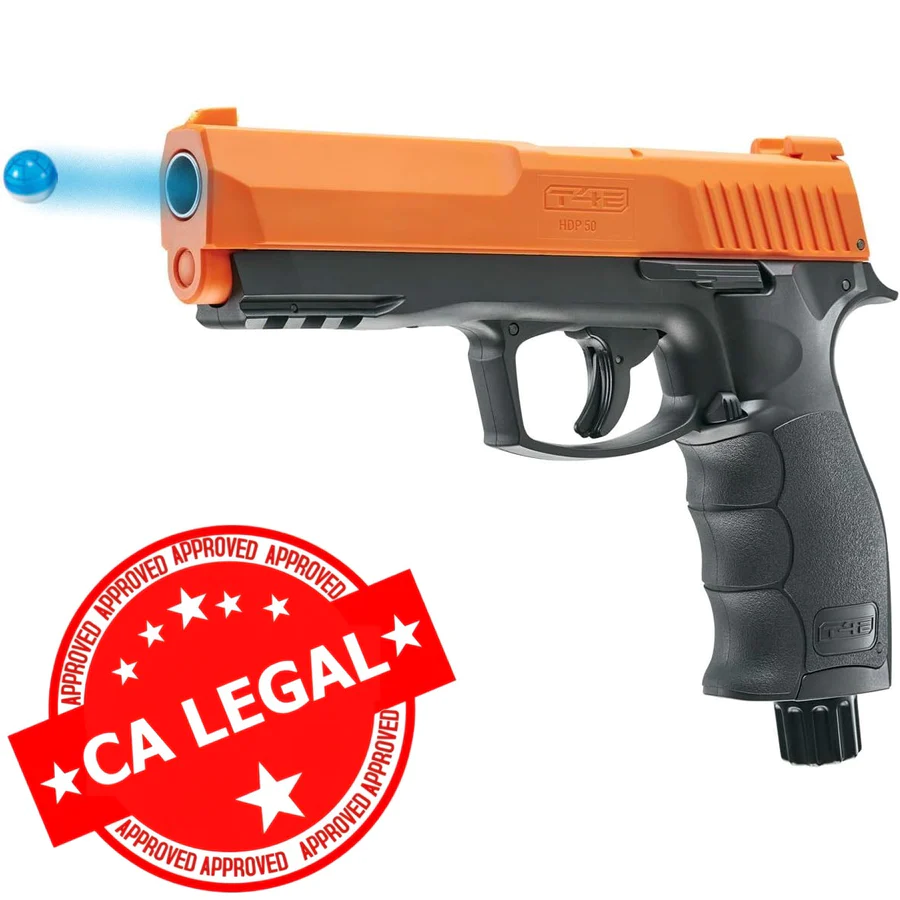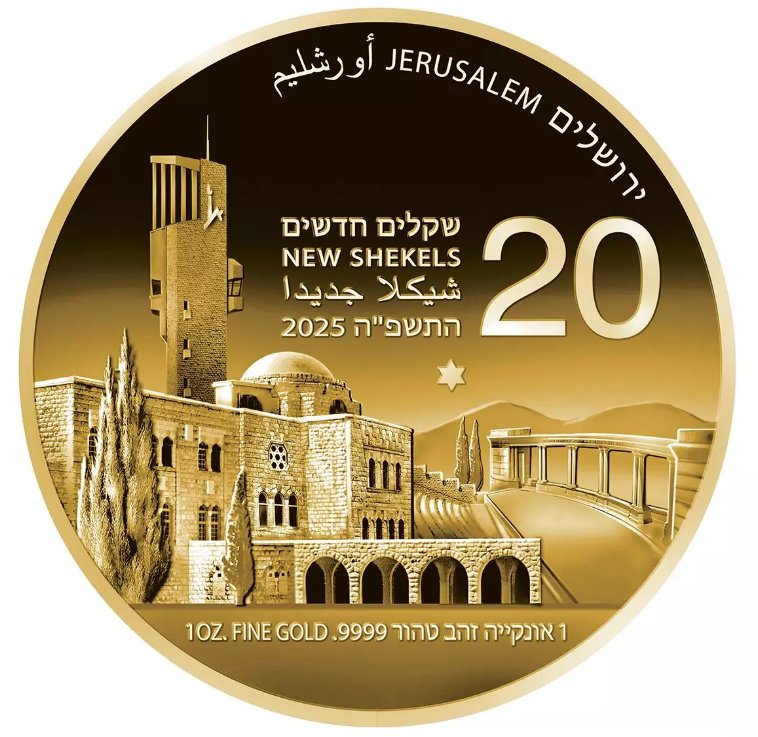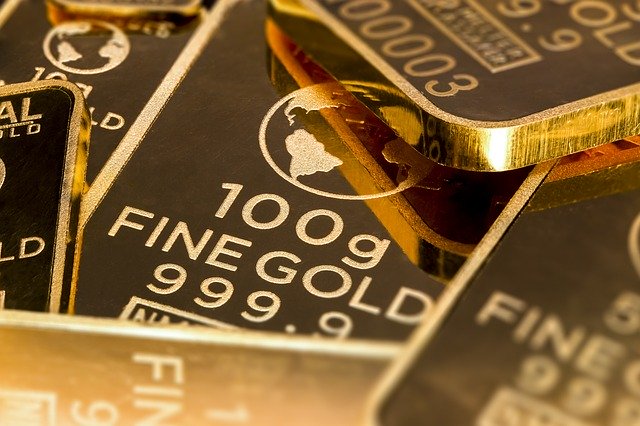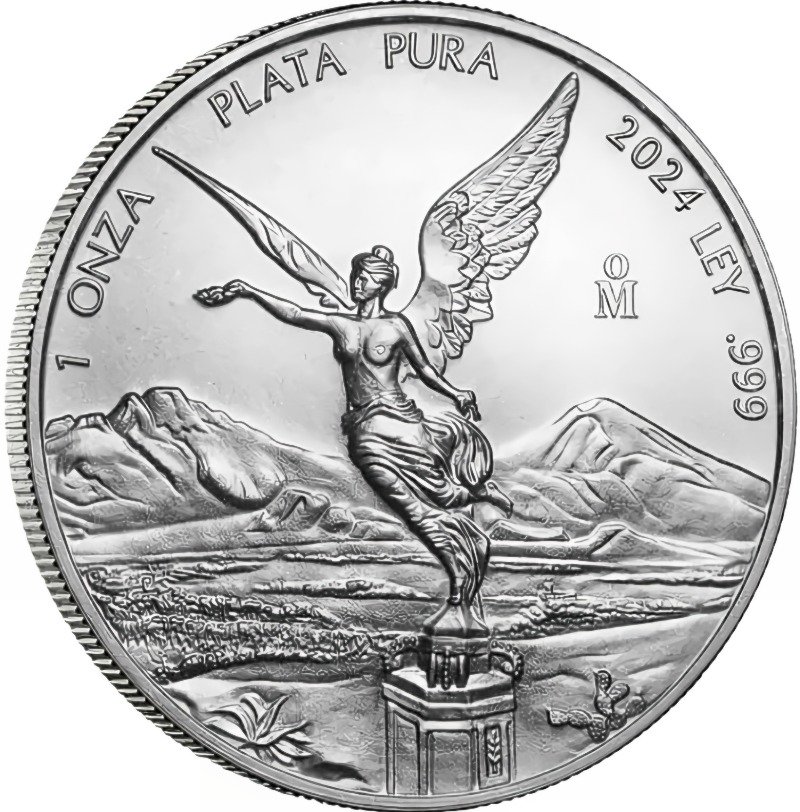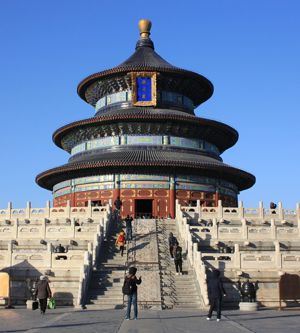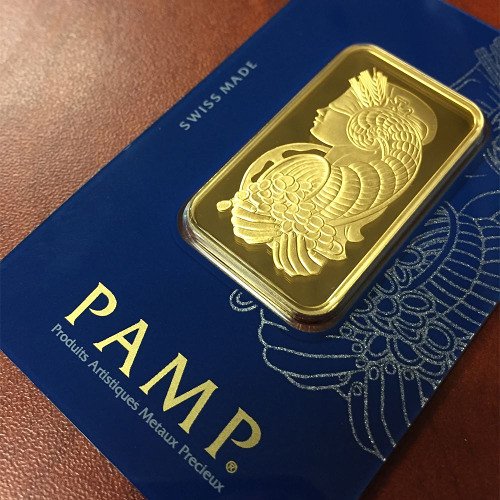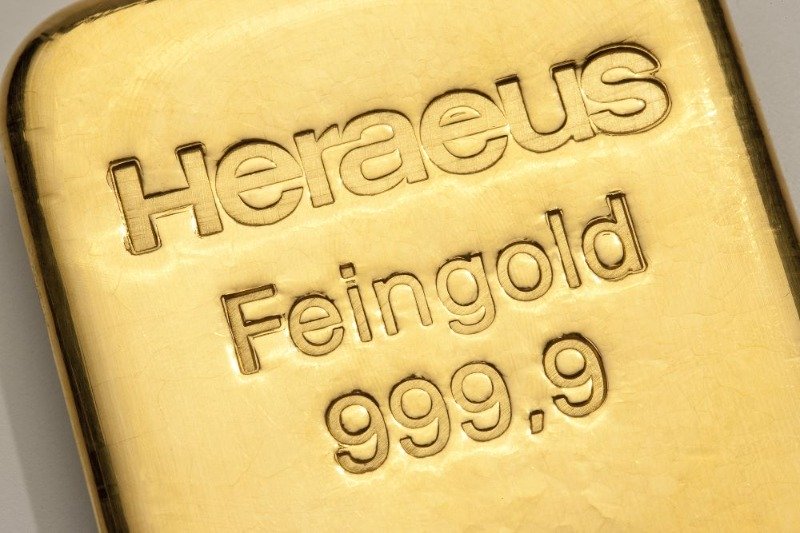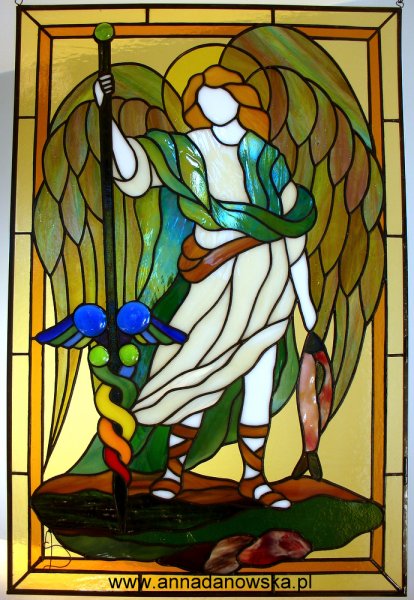Homepage / AuNP Research Blog / Q and A with Ning Fang Ph.D.

ExpressGoldCash - 4.9 star - Customer Reviews
Q and A
with Ning Fang Ph.D. a Pioneer
in Gold Nanoparticle Cancer Research
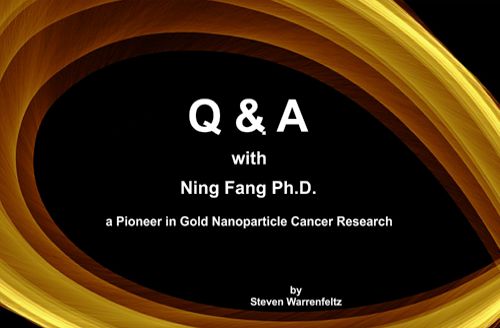
Originally Posted on 09/20/2019 @ 4:17 pm EST
Last Edited on 3/27/2025
by Steven Warrenfeltz
Pioneers are known for being the first to forge a new path to help others have a better life.
Dr. Ning Fang is an Associate Professor of the Chemistry Department at Georgia State University.
 Dr. Ning Fang
Dr. Ning FangHe invented a new optical imaging tool that tracks and targets cancer cells. The invention is called "SPORT," which is short for "Single Particle Orientation and Rotational Tracking."
The first issue of the guide, "Gold Nanoparticle Cancer Research News," covered the news of his invention, seen here.
In addition, in December of 2017, 'the Signal,' a Georgia Institute of Technology (Georgia Tech) student paper, released this article about Dr. Fang's work: On the Road to Ending Cancer.
Several months ago, I had the privilege to ask Dr. Ning Fang to answer some questions I had for him concerning his work in gold nanoparticle cancer research.
The Q&A includes Dr. Fang's 'Sited Research' and a 'Follow-up' (where applicable) to provide additional information on his answers.
Questions & Answers
with Ning Fang Ph.D.
This first question has two parts to help those who read
this Q and A to understand a little more about you and your work:
Part 1:
Q: How long have you been in the field of cancer research?
A: My laboratory has been involved in the field of cancer research since 2009.
Follow-Up: The following summary about Dr. Fang's Lab website.
"The research in the Fang Laboratory aims to open new frontiers in chemical and biological discovery through the development and use of novel optical imaging platforms for visualizing the dynamics of molecular probes and nano-materials in chemical and biological systems."
Part 2:
Q: What was it that intrigued you into using nano-gold as a way to fight cancer?
A: Gold nanoparticles with strong and tunable plasmonic resonance wavelength ranging from visible to near-infrared (NIR) region can be readily obtained through well-established synthesis methods, thus they are widely available commercially as well. Their excellent photostability, large optical cross-sections, and low cytotoxicity made them into unique imaging probes in live cells, specifically in cancer cell related research.[1]
Combined with the differential interference contrast (DIC) microscopy based single particle orientation and rotational tracking (SPORT) technique, anisotropic gold nanorods are ideal rotational probes in live cell, as their image patterns appear as diffraction-limited spots with disproportionate bright and dark parts at different orientation relative to the optical axes and illumination.[2-3]
Furthermore, the photothermal effect of plasmonic nano-gold has been proven to be an effective and relatively simple treatment strategy to fight cancer. Our research, in collaboration with Dr. Mostafa El-Sayed at Georgia Tech, focuses on finding the optimal conditions and the underlying mechanisms.
Follow Up: At the end of Dr. Fang's answer, he mentions that he worked with Dr. Mostafa El-Sayed, a highly cited Egyptian chemical physicist and a leading nanoscience researcher at Georgia Tech. Furthermore, many of Dr. Fang's sited studies in this Q and A, also include Dr. Mostafa El-Sayed.
Sited Research:
1. Sun, W.; Xiao, L.; Fang, N., Imaging Non-fluorescent Nanoparticles in Living Cells with Wavelength-Dependent Differential Interference Contrast Microscopy and Planar Illumination Microscopy. In Cell Imaging Techniques, Taatjes, D. J.; Roth, J., Eds. Humana Press: 2013; Vol. 931, pp 169-186 [Online].
2. Wang, G.; Sun, W.; Luo, Y.; Fang,
N., Resolving rotational motions of nano-objects in engineered environments and
live cells with gold nanorods and differential interference contrast
microscopy. J Am Chem Soc 2010, 132 (46), 16417-22. [Online]
3. Stender, A. S.; Marchuk, K.; Liu, C.; Sander, S.; Meyer, M. W.; Smith, E. A.; Neupane, B.; Wang, G.; Li, J.; Cheng, J.-X.; Huang, B.; Fang, N., Single Cell Optical Imaging and Spectroscopy. Chem. Rev. (Washington, DC, U. S.) 2013, 113 (4), 2469-2527. [Online]
Q: In our first email correspondence, I asked you if you were still
involved in cancer research using gold nanoparticles.
In your response, you stated that you were and have made "tremendous progress" in your work and cited several studies proving the fact. In addition, in the second section of your response titled:
"AuNP + Photothermal Treatment to Inhibit Cancer Metastasis," you cited several studies showed that your experiments with gold nanoparticles inhibited cancer from metastasizing.
My question is: How, in your studies, have gold nanoparticles inhibited
cancer metastasis?
A: Gold nanoparticles were found to be able to slow down cancer metastasis in several ways.
In a collaborative study with Dr. Mostafa El-Sayed at Georgia Tech, we found that gold nanoparticles with specific surface functionalization can target cell nuclear membrane.[4]
This triggers the increased expression of a protein called lamin A/C, which eventually increase the nuclear stiffness, thus the cell stiffness, and resulted in the slowing down of the ovarian cancer cell (HEY A8) migration and invasion.
In another study with the same group, gold nanoparticles were modified to target cancer cell integrins to inhibit migration and enhanced with photothermal therapy using NIR light to generate heat on gold nanoparticles while not affecting cell viability/proliferation.[5]
Sited Research:
4. Ali, M. R. K.; Wu, Y.; Ghosh, D.; Do, B. H.; Chen, K.; Dawson, M. R.; Fang, N.; Sulchek, T. A.; El-Sayed, M. A., Nuclear Membrane-Targeted Gold Nanoparticles Inhibit Cancer Cell Migration and Invasion. ACS Nano 2017, 11 (4), 3716-3726. [Online]
5. Ali, M. R. K.; Wu, Y.; Tang, Y.; Xiao, H.; Chen, K.; Han, T.; Fang, N.; Wu, R.; El-Sayed, M. A., Targeting cancer cell integrins using gold nanorods in photothermal therapy inhibits migration through affecting cytoskeletal proteins. Proceedings of the National Academy of Sciences 2017, 114 (28), E5655-E5663. [Online]
Q: You invented "SPORT," which is short for the "Single Particle Orientation and Rotational Tracking" technique.
How is "SPORT" used to fight cancer?
A: SPORT is essentially a technique combines DIC microscopy, plasmonic gold nanoparticles and data analysis methods to detect the presence and location of single nanoparticles dynamics and cellular features simultaneously.[6]
With the capability of visualizing the rotational dynamics of gold nanoparticles on/in live cells, SPORT technique was used to investigate and understand the mechanisms of drug delivery using different surface modifiers on gold nanoparticles.[7]
High speed SPORT technique was developed for direct visualization of the rotational dynamics of cargoes in pause with millisecond temporal resolution, which is usually unobtainable using other techniques.[8]
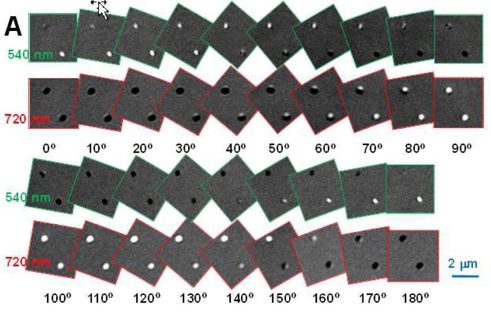 DIC-based SPORT. (A) Differential Interference Contrast (DIC) images of two 25×73 nm
DIC-based SPORT. (A) Differential Interference Contrast (DIC) images of two 25×73 nmgold nanorods in different orientations.
An automated five dimensional single particle tracking method combining parallax microscopy and SPORT technique was reported to follow transferrin-coated gold nanorods interacting with cell membrane and internalized into cell through clathrin-mediated endocytosis and subsequent intracellular transport in three dimensions (3D).[9]
With the 3D optical sectioning capability, we were able to confirm the location of the nuclear targeting nanoparticles and thus provides direct evidence on the observed enhanced nuclear stiffness causing the inhibition of cell migration upon gold nanoparticle treatment.[4]
Sited Research:
6. Gu, Y.; Ha, J. W.; Augspurger, A. E.; Chen, K.; Zhu, S.; Fang, N., Single Particle Orientation and Rotational Tracking (SPORT) in biophysical studies. Nanoscale 2013, 5 (22), 10753-64. [Online]
7. Gu, Y.; Sun, W.; Wang, G.; Fang, N., Single particle orientation and rotation tracking discloses distinctive rotational dynamics of drug delivery vectors on live cell membranes. J Am Chem Soc 2011, 133 (15), 5720-3 [Online]
8. Gu, Y.; Sun, W.; Wang, G.; Jeftinija, K.; Jeftinija, S.; Fang, N., Rotational dynamics of cargos at pauses during axonal transport. Nature Communications 2012, 3, 1030. [Online]
9. Chen, K.; Gu, Y.; Sun, W.; Bin, D.; Wang, G.; Fan, X.; Xia, T.; Fang, N., Characteristic rotational behaviors of rod-shaped cargo revealed by automated five-dimensional single particle tracking. Nature Communications 2017, 8 (1), 887 [Online].
4. Ali, M. R. K.; Wu, Y.; Ghosh, D.; Do, B. H.; Chen, K.; Dawson, M. R.; Fang, N.; Sulchek, T. A.; El-Sayed, M. A., Nuclear Membrane-Targeted Gold Nanoparticles Inhibit Cancer Cell Migration and Invasion. ACS Nano 2017, 11 (4), 3716-3726. [Online]
3. Stender, A. S.; Marchuk, K.; Liu, C.; Sander, S.; Meyer, M. W.; Smith, E. A.; Neupane, B.; Wang, G.; Li, J.; Cheng, J.-X.; Huang, B.; Fang, N., Single Cell Optical Imaging and Spectroscopy. Chem. Rev. (Washington, DC, U. S.) 2013, 113 (4), 2469-2527. [Online] (photo of DIC-based SPORT.)
Q: Where do you see your work in the coming years? In what areas of cancer research do you want to pursue to prove that the SPORT technique can contribute to being a better way to treat cancer than the common methods used today?
A: More systematic and comprehensive research are being conducted in my research group as well as in our collaborators’ research groups on the study of using gold nanoparticles for inhibiting cancer cell metastasis and provides more detailed molecular mechanism insight on how gold nanoparticles take effect and thus direct our future direction on the optimizing the treatment using gold nanoparticles.
SPORT technique will be one of the important techniques along with other techniques to provide a better way to treat cancer.
Lastly, I thank Dr. Ning Fang for his answers and look forward to reading more about his research into finding a better way to treat cancer.
Thank you for your time,
Take Care & God Bless,
Steve
Gold NanoParticle Cancer Research
|
Click Here to See all the
Gold Nanoparticle Cancer Research Blog-Posts
Other pages, on this Guide, that you
may like...
|
|
|
For the Best Bullion Market News...
Visit the Homepage
Notice:
The charts, commentary, and information on the Free-Bullion-Investment-Guide.com are not meant to mislead you to invest or divest in any particular way.
|
Support this Guide & Paypal Thank You for Your Support |
|
|
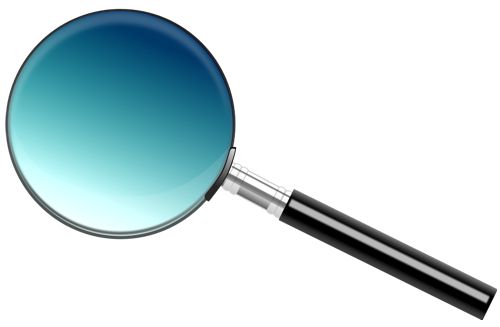 | |||||

Ad Gloriam Dei
This website is best viewed on a desktop computer.
Keep this Guide Online
& Paypal
Thank You for
Your Support
with Feedly
Search the Guide
| search engine by freefind | advanced |
Premium Canadian Bullion

Give a lasting gift of the iconic Silver Maple Leaf bullion coin [More]
Free Shipping on Orders over $100 (CDN/USA)
or
From the U.K. Royal Mint
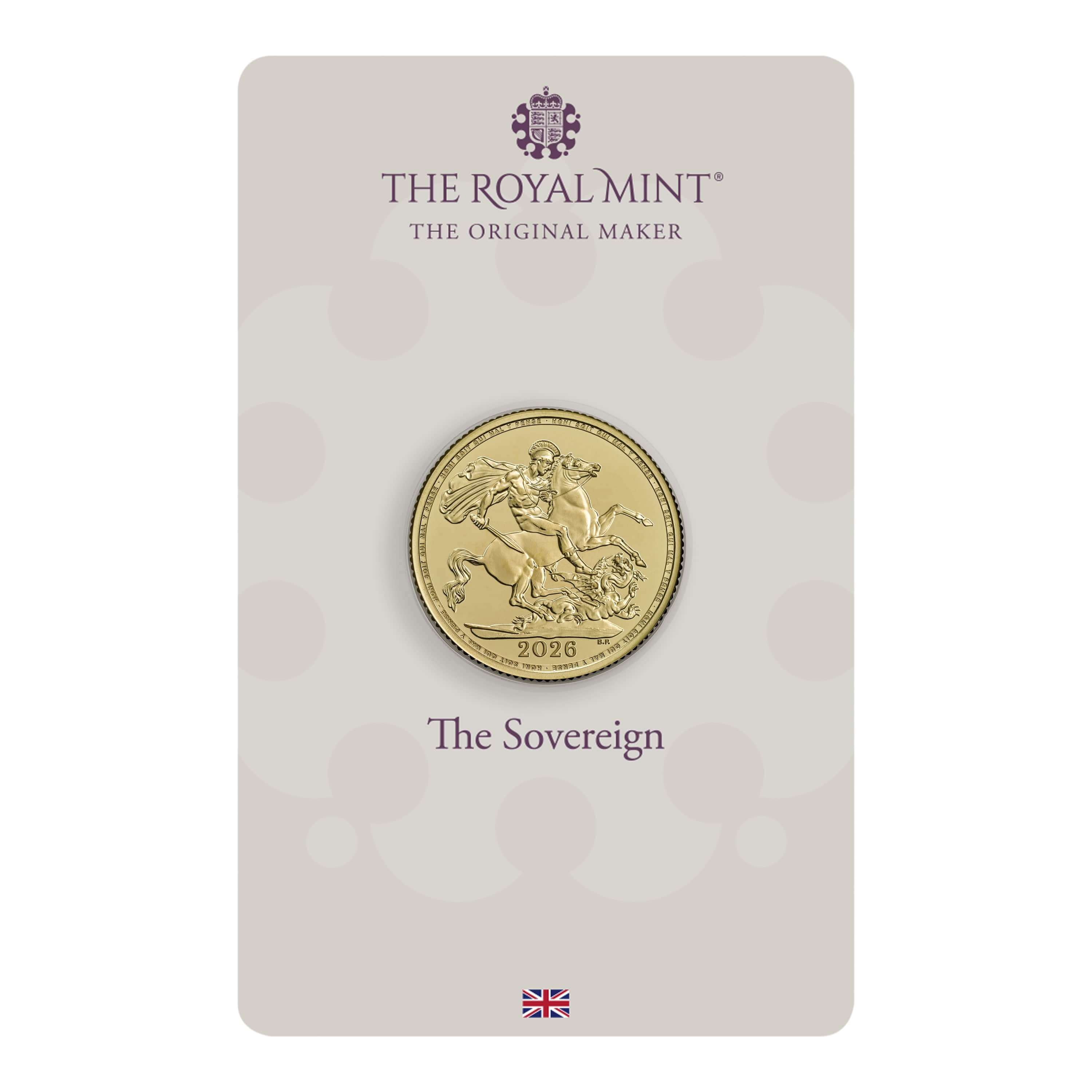
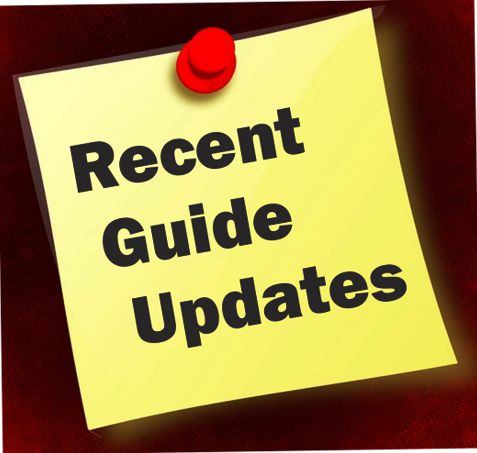
Daily
Newsletter
Updated Mintages for
American Gold Buffalo
American Gold Eagle
American Silver Eagle
2024 & 2025
Jerusalem of Gold Bullion
Coin photos
(bottom of page)
Mintages
for
2024
Gold & Silver Mexican Libertad
|
Gold Libertads |
Chinese Gold Coin Group Co.
& Chinese Bullion
Help Us Expand our Audience by forwarding our link
www.free-bullion-investment-guide.com.
Thank You!
Last Month's

In No Particular Order
November 2025
All Articles were Originally Posted on the Homepage

